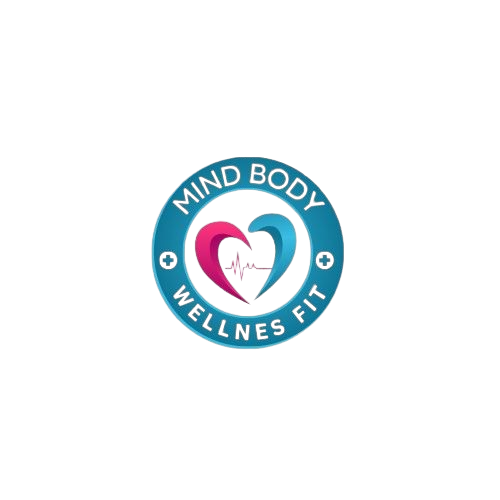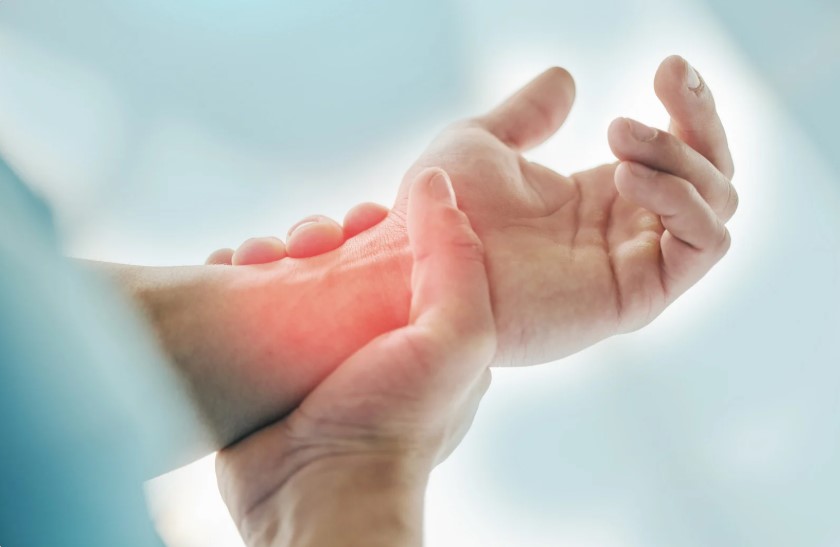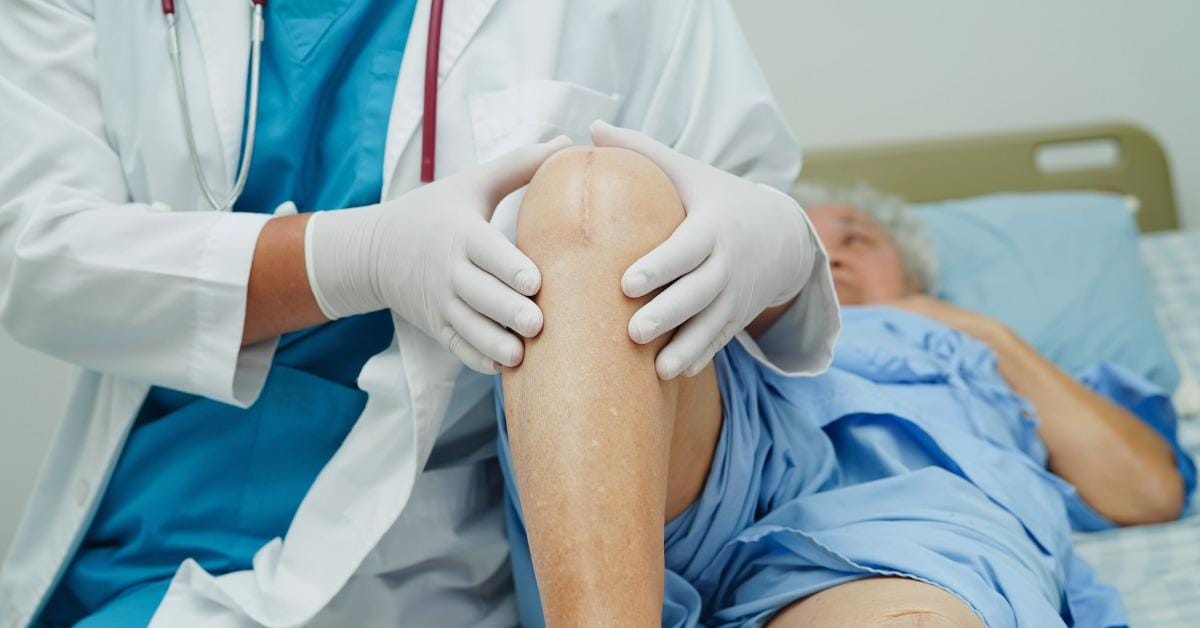Did you know that knee pain is the second most common cause of chronic pain worldwide? Whether you’re dealing with a recent injury or battling long-term joint discomfort, hip and knee pain can have a serious impact on your quality of life. The hips and knees are crucial joints, and taking the right approach to managing pain can make all the difference in maintaining your mobility and overall health. In this blog, we’ll explore the causes, symptoms, treatment options, and preventive measures for hip and knee pain.
Understanding Hip and Knee Pain
Why Are These Joints So Important?
Your hips and knees are the largest joints in your body and are essential for mobility and weight support. The hip joint is a ball-and-socket joint, while the knee joint is a hinge, allowing for forward and backward motion. Together, they support your body’s weight during daily activities, like walking, running, and squatting. Because of their significant roles, any damage to these joints can lead to serious limitations in movement and pain.
Common Causes of Hip and Knee Pain
Hip pain can result from various conditions. If you feel pain in the groin or inside the hip, it could stem from issues with the bones, cartilage, or muscles of the hip joint. Common causes include:
- Rheumatoid arthritis
- Osteoarthritis
- Bursitis
- Hip fractures
- Sprains
Knee pain can result from injury or wear and tear, with common causes being ligament tears, tendonitis, or arthritis. Interestingly, pain in one joint can affect the other. For example, a misaligned or painful knee may cause you to shift your weight in a way that puts unnecessary strain on your hip. As a result, both joints may deteriorate faster when left untreated.
Symptoms and Warning Signs
When Should You Be Concerned?
Hip and knee pain can present in many ways. Some of the most common symptoms include:
- Stiffness in the joint, making movement more difficult
- Swelling, which may indicate inflammation or fluid buildup
- Locking or catching, a sensation where the joint doesn’t move smoothly
- Sharp, stabbing pain, often during movement or weight-bearing activities
If you’re experiencing any of these symptoms, it’s important to take them seriously. Early intervention can help prevent further damage and preserve joint function.
The Importance of Early Diagnosis
Treating joint pain early can prevent it from becoming a chronic issue. Without proper care, conditions like arthritis or ligament damage can worsen, leading to increased pain, decreased mobility, and potentially costly surgical interventions. Don’t ignore the warning signs—getting a diagnosis early can make all the difference.
Treatment Options for Hip and Knee Pain
Non-Surgical Approaches
The first step in treating hip and knee pain often involves non-surgical methods. These can include:
- Physical Therapy: Physical therapy is crucial for strengthening the muscles around the joint, improving mobility, and relieving pain. Exercises that target the hip and knee area help maintain joint stability and function.
- RICE Method: Rest, Ice, Compression, and Elevation can reduce pain and swelling, especially in the case of acute injuries like sprains or strains.
These non-invasive approaches can be very effective, particularly when used in combination.
Medications and Supplements
For pain management, many people turn to anti-inflammatory medications like ibuprofen or acetaminophen. Over-the-counter medications can help with short-term relief, but for long-term support, joint health supplements like glucosamine and chondroitin may promote cartilage health and reduce discomfort.
Lifestyle Modifications
Maintaining a healthy weight is one of the best ways to prevent excess stress on the hips and knees. Reducing the load on these joints can alleviate pain and prevent further damage. Additionally, wearing proper footwear and maintaining good posture can significantly reduce joint strain during daily activities.
Surgical Solutions
In cases where non-surgical treatments are ineffective, surgery may be necessary. Common surgical procedures include:
- Hip replacement surgery
- Knee replacement surgery
- ACL repair or ligament reconstruction
These procedures are typically recommended for severe arthritis, fractures, or joint instability when all other treatment options have failed.
Preventing Hip and Knee Pain
Preventing joint pain is often easier than treating it once it’s developed. Regular exercise is key to joint health—it strengthens the muscles and ligaments that support the hips and knees. Low-impact activities such as yoga, swimming, and cycling are excellent for maintaining flexibility and strength without overloading the joints.
Avoiding high-impact activities that stress the knees, such as running on hard surfaces, can also reduce the risk of developing pain. Additionally, stretching before and after workouts helps maintain joint flexibility and mobility.
How to Choose the Right Treatment Plan
Every person’s pain is unique, and so should be their treatment plan. Consulting with a healthcare professional such as an orthopedist or physical therapist is essential to developing a treatment approach tailored to your needs. They can evaluate the cause of your pain and recommend a plan that might include physical therapy, lifestyle changes, or even surgery.
The Interconnected Nature of Hip and Knee Pain
It’s important to recognize that the Hip And Knee Pain Treatment are part of the same kinetic chain, meaning that when one joint is out of balance, it can affect the other. Misalignments, injuries, or weaknesses in the hip can place abnormal stress on the knee, and vice versa. Addressing issues in both joints is crucial for long-term relief.
Takeaway
Hip and knee pain are common but treatable issues that can greatly impact your daily life. Whether through non-surgical methods, lifestyle adjustments, or, in some cases, surgery, it’s important to take action before pain limits your mobility. If you’re experiencing persistent discomfort or limitations, seek professional guidance to explore the best treatment options for your specific situation.






